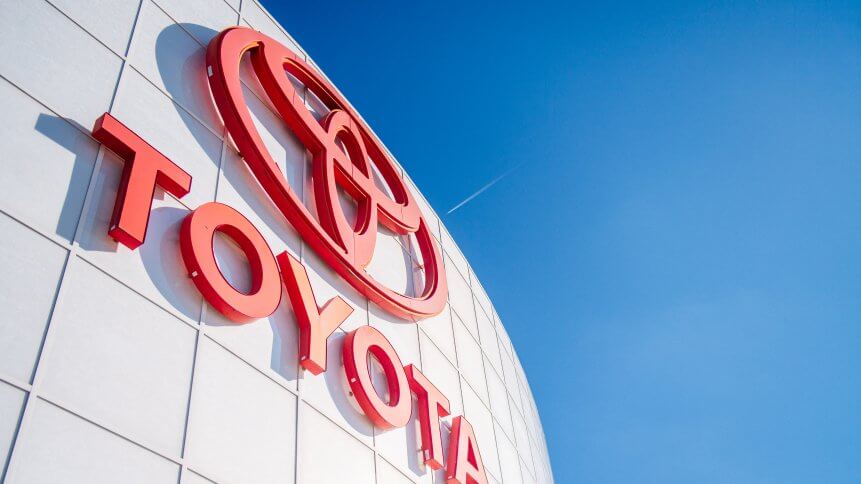Toyota outsells General Motors for the first time in US history

- General Motors’ nine decade run as top-selling automaker in the US was snapped by Toyota and its stockpile of computer chips.
- Due to the scarcity of chips and supply chain struggles, GM’s US sales declined by 13% to 2.2 million in 2021.
- Americans bought 2.3 million Toyotas in 2021, a 10% increase from the year before.
Over the last nine decades, General Motors (GM) has been the best-selling car company in the US. Things however took a different turn last year where for the first time ever, a non-domestic automaker took the top spot. Japanese carmaker Toyota dethroned GM as the former led US automobile sales in 2021, thanks to its stockpile of chips.
To be fair, Toyota has long been known for its business continuity plan that requires suppliers to stockpile anywhere from two to six months’ worth of chips. Its decision to stockpile what have become key components in cars goes back a decade to the Fukushima disaster.
According to Reuters, after the catastrophe severed Toyota’s supply chains on March 11, 2011, the world’s biggest automaker realized the lead-time for semiconductors was way too long to cope with devastating shocks such as natural disasters. That has been the reason for its business continuity plan, which seems to have paid off in times of a never-ending global pandemic.
For context, in the whole of 2021, Toyota managed to grow annual sales in the States by 10.4% to 2.3 million, while GM suffered a 12.9% drop to 2.2 million. GM attributed to supply chain struggles, namely the scarcity of computer chips that has triggered shutdowns of its factories and kept inventories at historically thin levels.
GM has held the crown as the top US company in terms of auto sales since 1931, when it supplanted Ford, according to trade publication Automotive News. Despite the fact that GM had been the US leader since the Great Depression, Toyota was better positioned last year to weather the supply chain challenges.
In fact the Japanese automaker has been credited with better management of the chip issue throughout the pandemic compared with some rivals. As it is, the amount of semiconductors used in a single car is increasing as more controls are digitized. Toyota senior vice president Jack Hollis thanked the company’s loyal customers, but said that being the best-selling manufacturer in the US is not a priority or a goal he expects to accomplish every year.
Reports claim that an average gas-powered vehicle has roughly 1,000 chips, while electric vehicles (EVs) can have twice as many. According to IHS Markit, automakers’ chip spending has increased threefold compared to 20 years ago and by 2030, when more EVs are on the road, it expects the car industry to be spending 30% more on chips.
How will the chip shortages fare in 2022?
Unfortunately, most experts reckon the chip shortages may linger into this year. S&P Global Platts Analytics has projected that the shortage hindering global vehicle production is poised to persist into 2022 before supply catches up with demand in early 2023. The Boston Consulting Group instead expects the shortfall in vehicle production to last into 2024 before stabilizing in 2025.
Even the World Steel Association had projected that disruptions in the supply chain were significantly undermining the global automotive industry’s recovery. The association noted that as pent-up demand dissipated, the growth in auto production in 2022 will decelerate, though high order backlogs may just provide some support.
What could make matters worse is the fact that fresh chip supplies are years away. “Although chip makers have pledged billions to expand production capacity in the coming years, it will take some time for the fresh capacity to come online. A semiconductor fabrication plant, or fab/foundry, costs US$10 billion-US$20 billion and takes three to five years to build,” SP Global said in its report.










